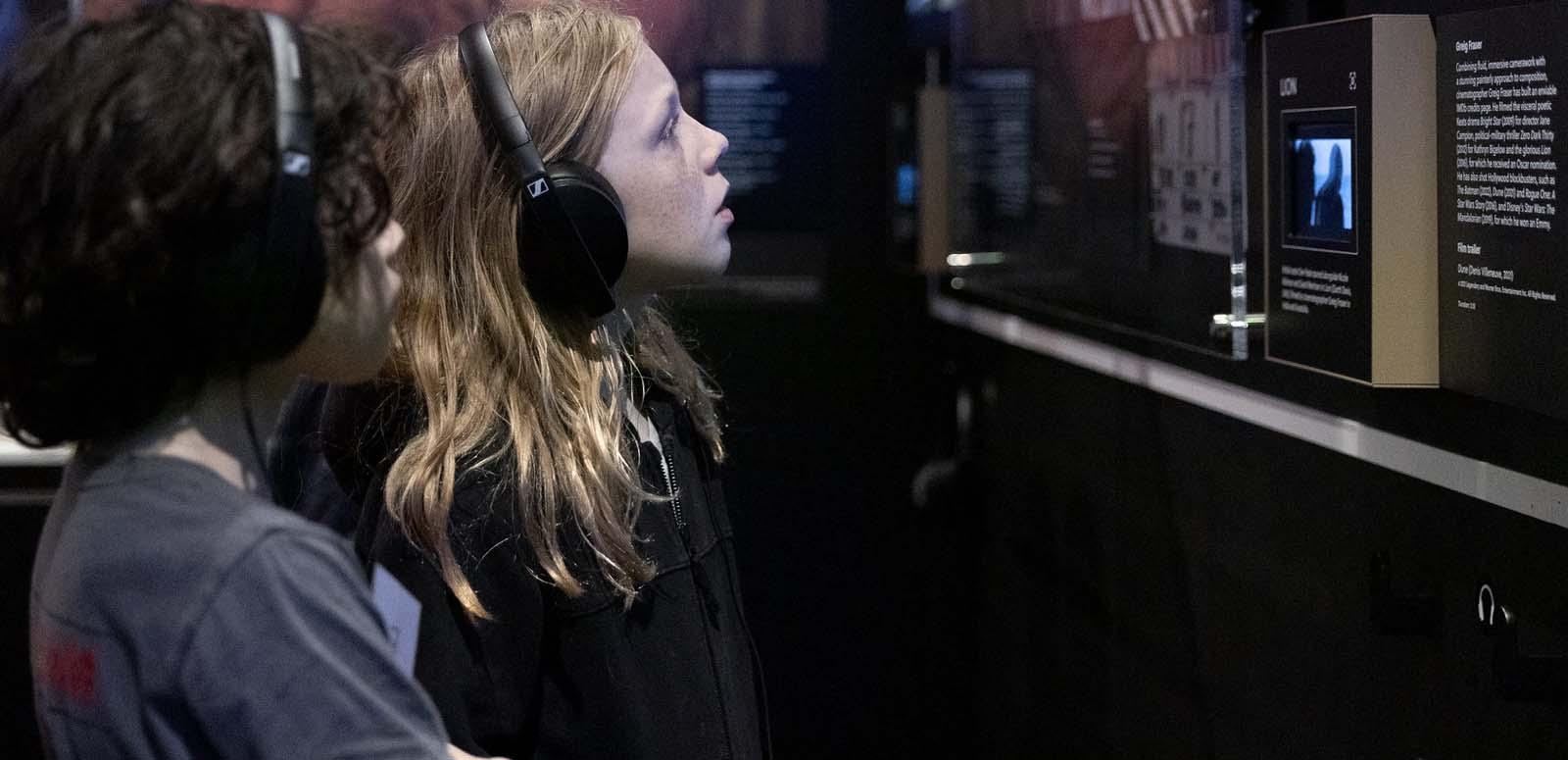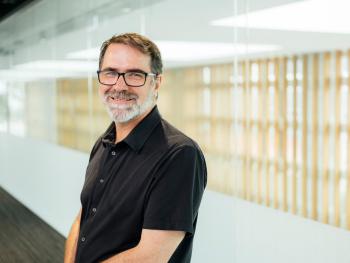Guest writer Professor Michael Dezuanni, from the School of Communication at Queensland University of Technology, discusses the importance of media literacy in the digital age.

Guest writer Professor Michael Dezuanni, from the School of Communication at Queensland University of Technology, discusses the importance of media literacy in the digital age.

The National Film and Sound Archive plays an essential role in the collection and preservation of Australia’s audiovisual heritage. Less recognised, perhaps, is the role it plays in the promotion of media literacy through the conversations and reflections the institution invites about how our society, culture and nation have been actively constructed on the screen, in song and music, through various entertainment forms and through news and documentary.
At the most foundational level, media literacy is the ability to actively consume, create and share media and to critically reflect on the social, cultural and political roles played by various media and communications forms. A media literate person considers how people, places and ideas are represented in the media; they think about how images, sounds and text are combined with technologies to create stories; and they reflect on who creates various media forms, who benefits from media production, and what motivates media producers and consumers.
Media literacy is best thought of as a life-long pursuit. We never become completely ‘media literate’, partly because the media are constantly evolving and partly because we can always learn more about how the media function. Media literacy does not consist of a set of mundane skills to be mastered. Rather, media literacy describes our capacity to draw on resources and knowledge to use the media for positive outcomes in many different contexts.
In practical terms, media literacy includes everything from the ability to enjoy a television series on a video streaming platform; to using social media to build and maintain positive relationships; to recognising misleading advertising during political campaigns; to identifying misinformation on digital platforms. Media literacy necessarily evolves as our media experiences, knowledges and practices change. Ideally, we begin to develop media literacies at school, and we continue to hone these abilities as adults as we adapt to our ever-changing world.
We never become completely ‘media literate’ ... [W]e begin to develop media literacies at school, and we continue to hone these abilities as adults as we adapt to our ever-changing world.
The rise in the role of digital and social media has led to a renewed interest in media literacy, particularly as ‘fake news’ or online mis-and disinformation has impacted society since the mid-2010s. But media literacy has existed in Australia for almost a century (even if it hasn’t always been called ‘media literacy’).
The 1927 Australian Royal Commission into the Moving Picture Industry in Australia was important for the development of Australian media literacy. It became a catalyst for educators, concerned citizens, religious groups and social organisations to consider the role of cinema in children’s lives. Many commission respondents argued the use of cinema might enhance education, recognising its ability to bring learning to life on the screen. At the same time, many expressed concerns about the potentially harmful effects of cinema attendance on children.
These dual themes of the media’s potential to allow new forms of communication and learning, and concern about media harms, can be traced through key moments in the emergence of Australian media literacy. They can be identified in the work of early media literacy pioneers such as WH Perkins in Tasmania in the 1940s and NH Rosenthal’s work at the University of Melbourne in the 1950s. Perkins’ Learning the Liveliest Arts (1972) and Rosenthal’s Film in our Lives (1953) became early touchstones for many teachers who sought to introduce media literacy into the classroom from the 1950s to the 1970s.
Media literacy became firmly embedded in Australian schools from the 1960s with the emergence of film, television and media studies in the curriculum. The teacher professional organisation Australian Teachers of Film Appreciation was formed in 1963 with the publication of the Film Appreciation newsletter – and this organisation eventually became Australian Teachers of Media (ATOM), which is still active today.
During the 1980s and 1990s, dozens of official state-based media curriculum documents and supporting resources were published around the country – placing Australia at the forefront of international media literacy efforts, at least within formal education. This legacy continues and media literacy remains supported in the Australian Curriculum through the subject Media Arts, and in other parts of the curriculum such as English and Health and Physical Education.
Despite the well-established presence of media literacy in Australian schools, we know that there is still a lot of work to do to improve Australians’ media literacy, particularly for adults. The Australian Media Literacy Alliance (AMLA) – of which the NFSA is a founding member – was formed in 2020 and has actively supported research about media literacy.
The Adult Media Literacy in Australia Report (2021) supported by AMLA shows that about 30% of Australian adults have a low level of media literacy and that this increases significantly for some groups. For instance, 43% of low-income Australians have a low level of media literacy; and this is also true for many Australians living with a disability (48%), and those aged 56 to 74 (57%).
AMLA has also been active in consulting widely with relevant organisations and agencies to produce national strategy guidelines for the development of a national media literacy plan.
More information about Australian media literacy can be found on the AMLA website, including a framework to help guide the development of media literacy programs. The NFSA’s Media and Me resources and programs provide a range of excellent activities for students. The Australian Broadcasting Corporation also provides some wonderful media literacy resources for students and teachers; as does the Museum of Australian Democracy. Looking further afield, Canada’s Media Smarts organisation has many excellence resources; and Common Sense Media in the United States provides a terrific Digital Citizenship curriculum.
Professor Michael Dezuanni undertakes research about digital media, literacies and learning in home, school and community contexts. He is the Program Leader for Digital Inclusion and Participation for QUT's Digital Media Research Centre which produces world-leading research for a creative, inclusive and fair digital media environment. He is also a chief investigator in the Australian Research Council Centre of Excellence for the Digital Child.
The National Film and Sound Archive of Australia acknowledges Australia’s Aboriginal and Torres Strait Islander peoples as the Traditional Custodians of the land on which we work and live and gives respect to their Elders both past and present.